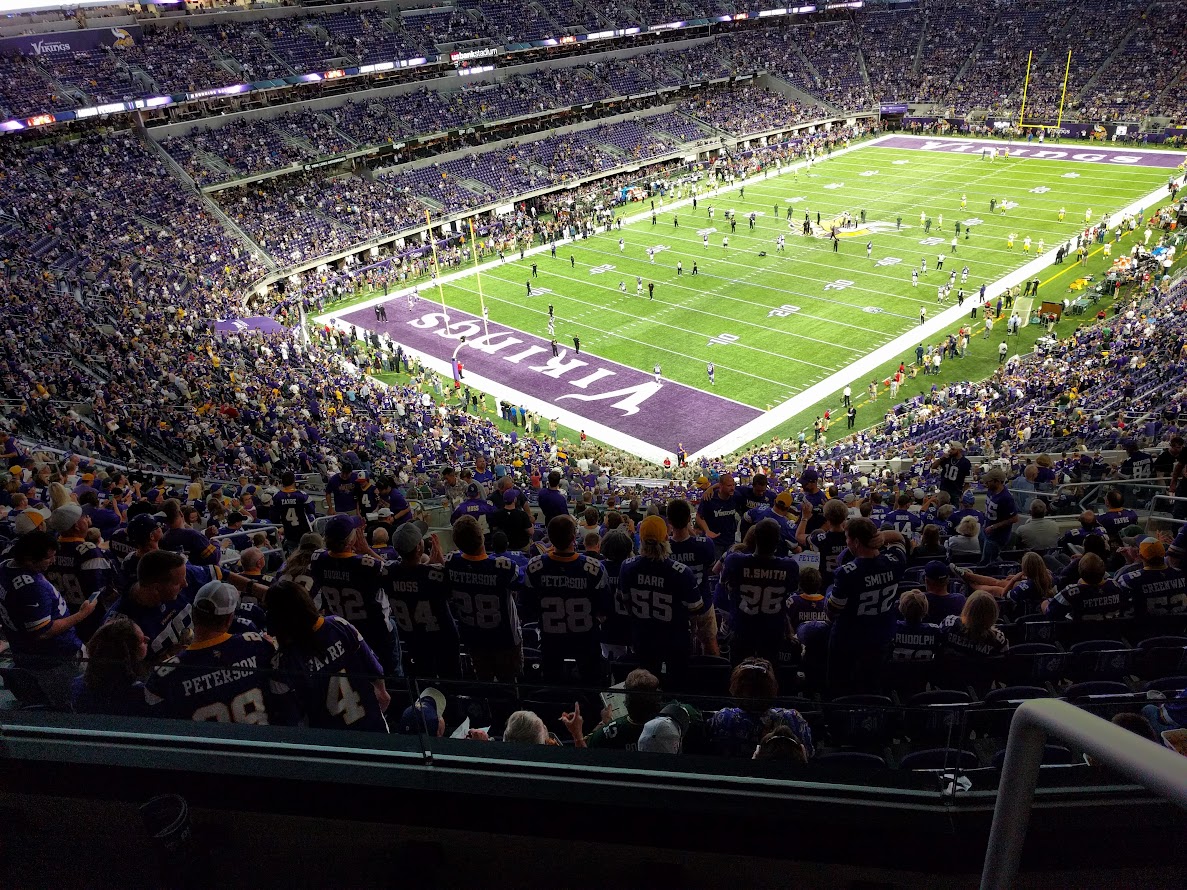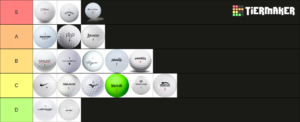Why Product Brands Need To Know Their Average Draft Position (ADP)

Football season is finally here again and if you’ve ever played fantasy football, you know that simply ranking players by position is not enough to make smart decisions. In order to make the right call on who to draft, it’s important to know how much more valuable one player may be versus the next available, so you can snatch them up before your competitors do.

In brand positioning as in football, positioning is key.
There may be 30 starting tight ends left on the board after round 4, but if only 1 of them can be considered in the elite tier because they are a featured pass catcher in their offense, the GM on the clock is going to be highly motivated to secure him.
These perceived leaps in value are what motivate fantasy GMs to give up assets to move, like using an early round pick or trading players with another GM.
Conversely, if the next three picks are pretty much interchangeable in terms of their expected output, the GM can turn their attention to other needs, waiting to see who’s still on the board by the time they have the chance to pick again.

When a consumer is evaluating options in a market category, they often aren’t looking for the very best or the very cheapest but rather the best bang for the buck. The value pick. If they are aware of 10 options for a certain product purchase decision, and the 3rd best only costs the 9th most, it could be the best value choice.
 That’s why it’s so important to be clear on understanding a product’s position in the marketplace, and nailing exactly which market you’re in.
That’s why it’s so important to be clear on understanding a product’s position in the marketplace, and nailing exactly which market you’re in.
How to communicate your brand’s ranking is the tough part. But there are shortcuts that you can use, such as piggybacking on well known value leaders in other categories. Currently, Southwest Airlines, Target stores and RTIC coolers may not be considered the absolute best quality or the very cheapest but they are popular for their quality/cost ratio. These brands have already been positioned in many consumers’ minds.
Why not borrow some the visual cues that Target uses when they present their brand in media? It’s possible to follow their lead for aesthetics without blindly copying their entire presentation. The highly stylized presentation and design-first materials tell you that the quality is there. And the humor and use of ‘everyday’ shoppers as the heroes in their ads shows that they don’t take themselves as seriously as a luxury brand might.

Or, you could present your value brand as an alternative to the premium competitor at the top of the quality category. You can use your ad targeting and placement selection to reach people who care about having high quality components. Then use your ad creative to simply explain how your product has enough of the features that they’re looking for, at a more attractive price.

When they’ve made their purchase decision, purchasers might justify it by trotting out one of the classic rationales:
- Top end, differentiated option – “You get what you pay for” or “It costs a little more but it’s worth it”
- Low/med end, undifferentiated option – “The brand doesn’t matter, so I just got what’s on sale”
- Low/med end, differentiated option – “I can get 80% of the value for 50% of the price” or “I’m not paying for features I don’t want”
Which reaction best fits your brand’s position? Value is the name of the game for cost-conscious consumers looking to make a good purchase decision, just like it is for fantasy football GMs trying to find a sleeper pick.
Speaking of sleepers, it seems like nobody’s expecting the Vikings to do much this year, without a proven QB and facing a tough schedule. Maybe they could be a value bet for the NFC Central?…
Skol Vikes!
